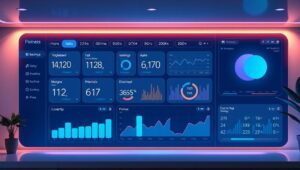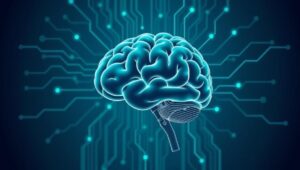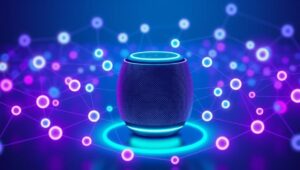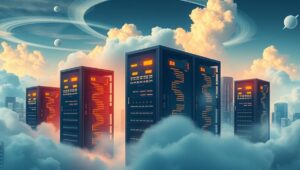May 21, 2025
Personalized Experiences in the Consumer IoT Space (2027)
Personalized Experiences in the Consumer IoT Space (2027) The Consumer Internet of Things (IoT) is rapidly evolving, and by 2027, personalized experiences will be at the forefront. This article explores the advancements, challenges, and opportunities in delivering tailored IoT solutions to consumers. Current State of Consumer IoT Today, the Consumer IoT encompasses a wide range of devices, including smart home appliances, wearables, entertainment systems, and connected cars. These devices collect vast amounts of data, offering the potential for highly personalized experiences. However, many current implementations only scratch the surface. Key Advancements Expected by 2027 AI-Driven Personalization: Artificial intelligence will play












